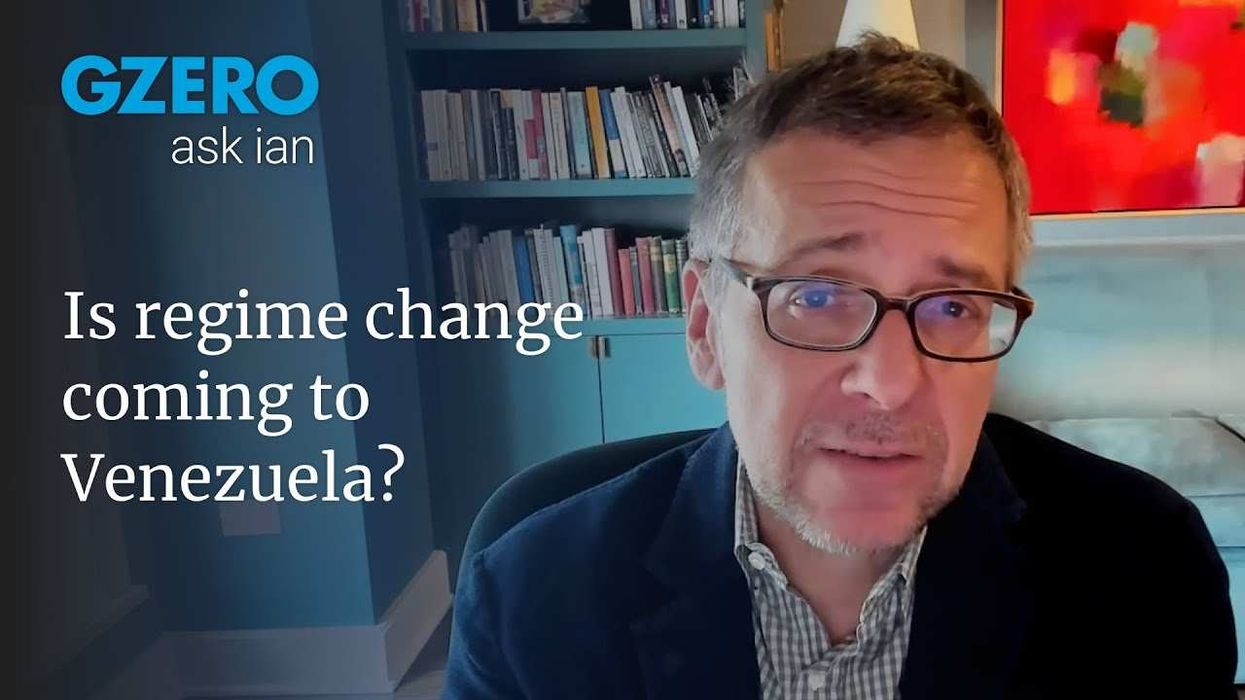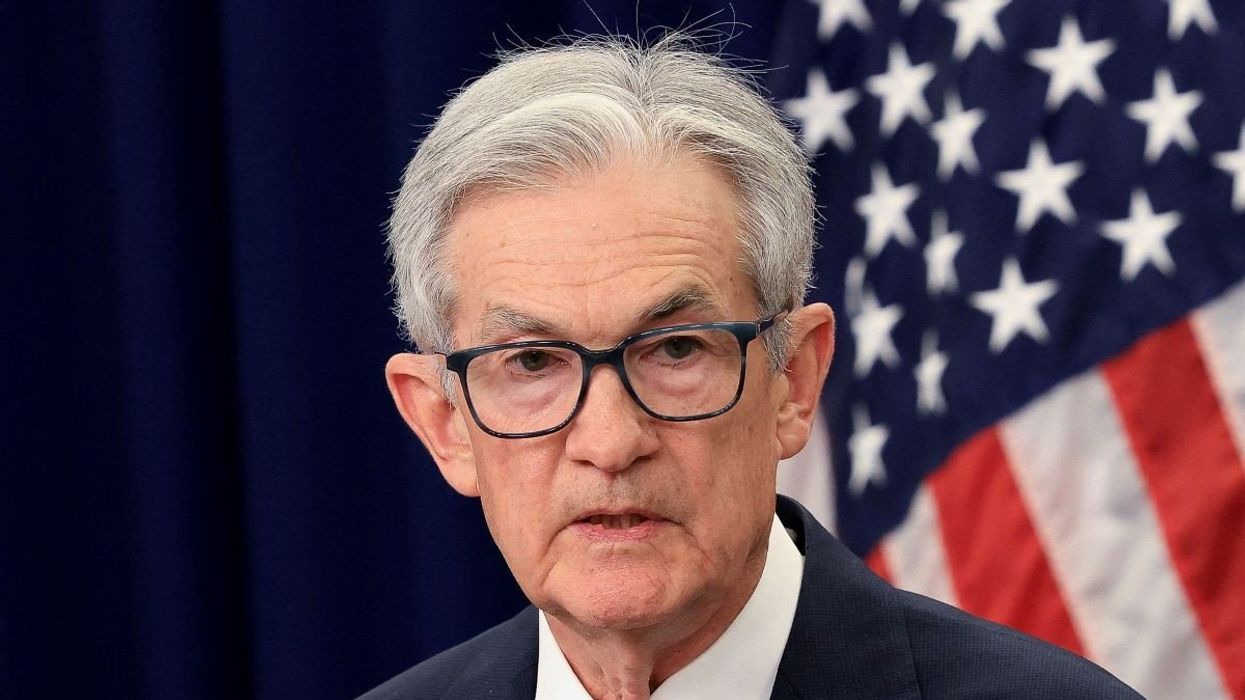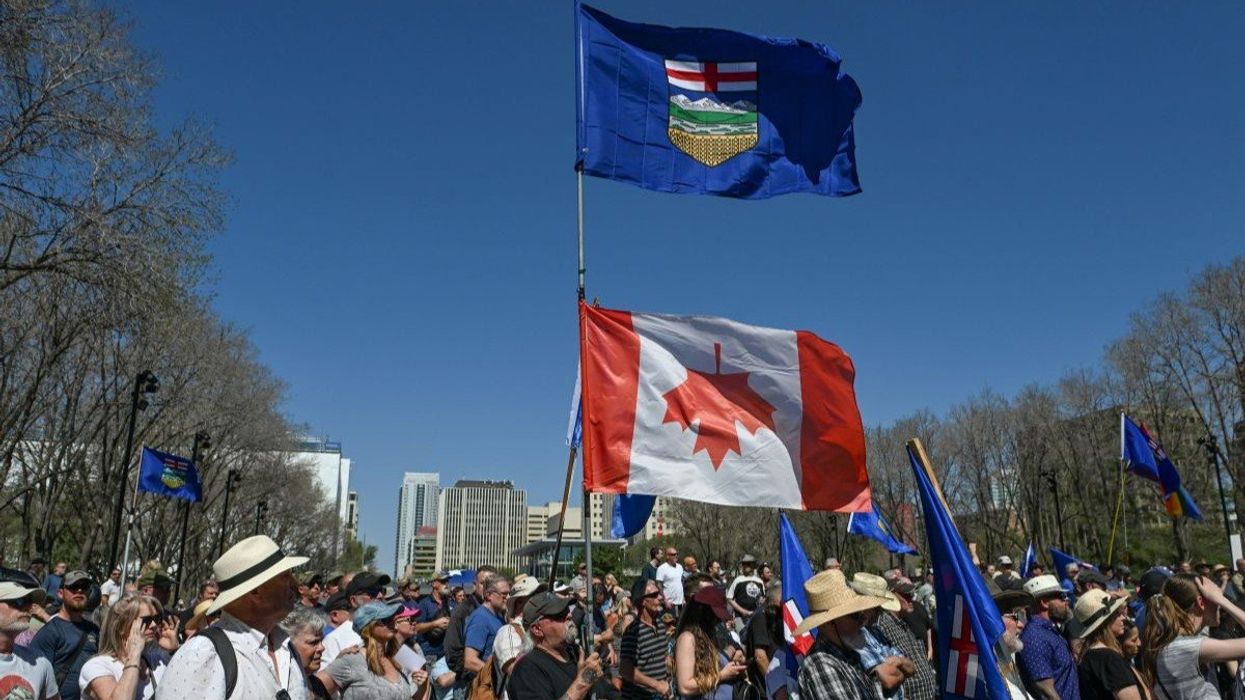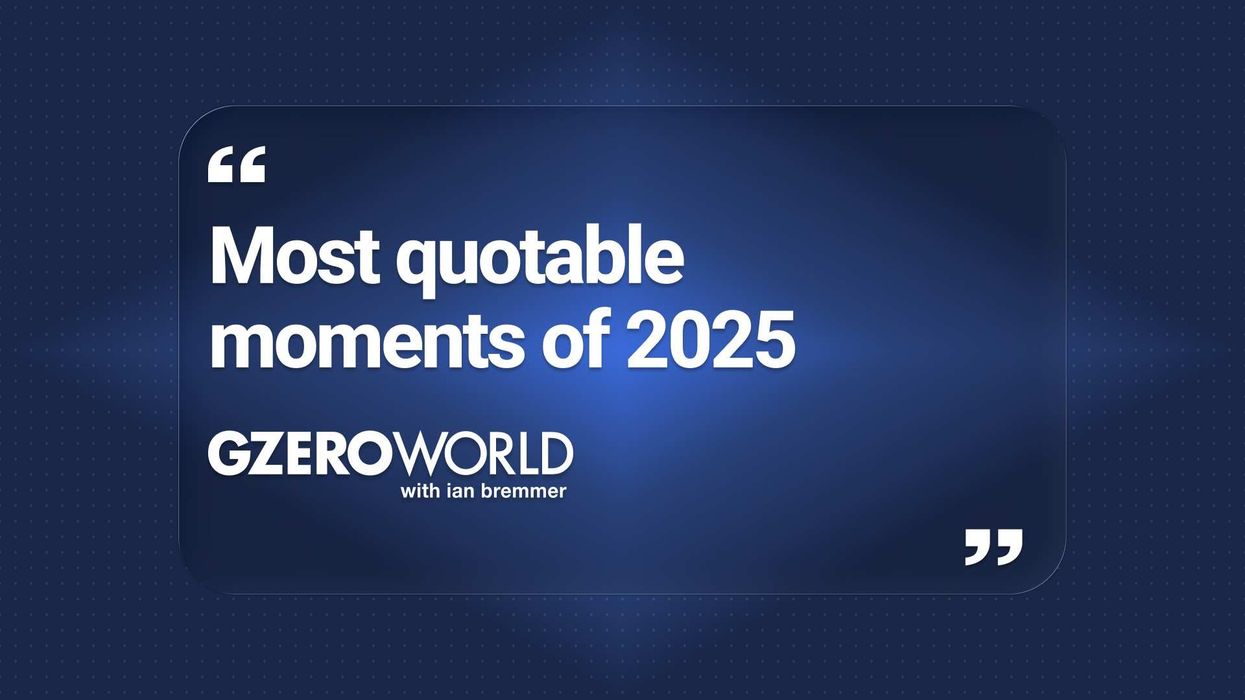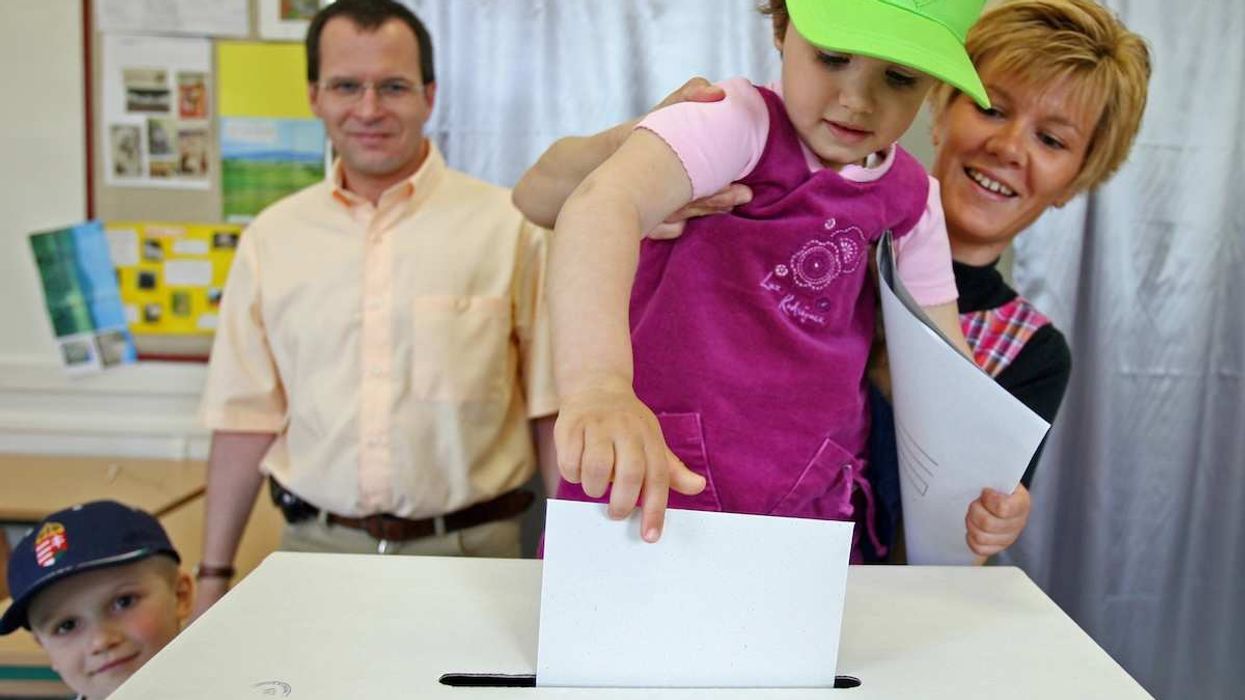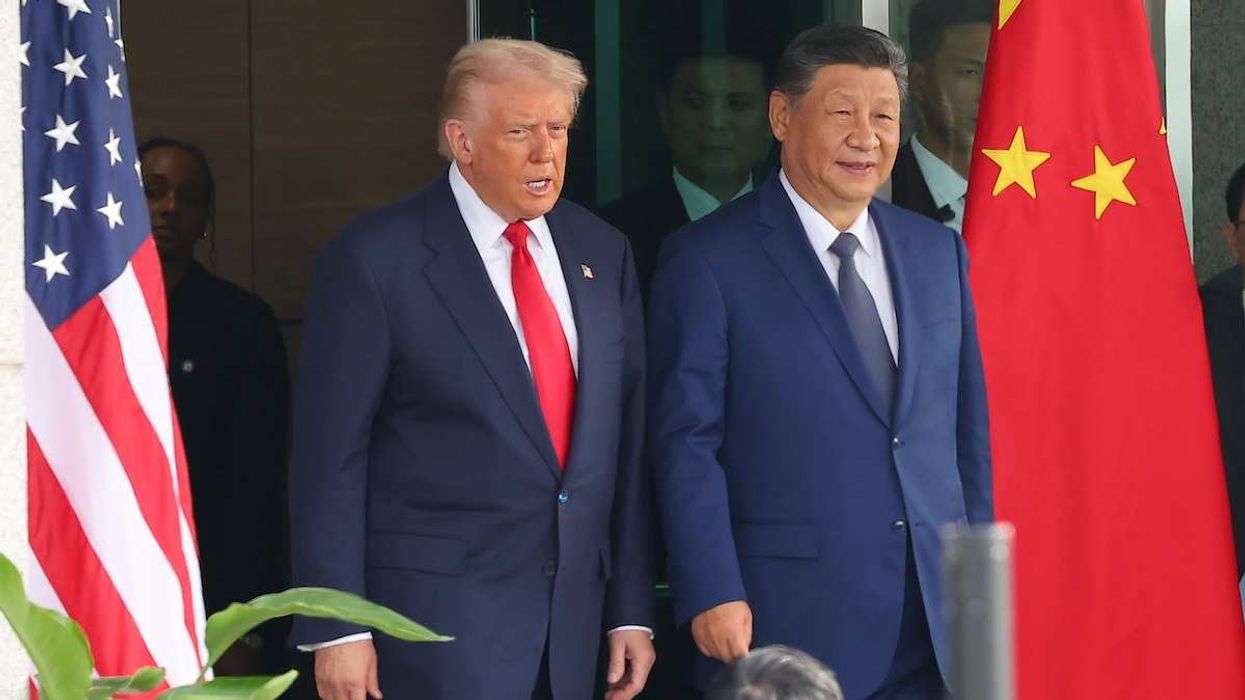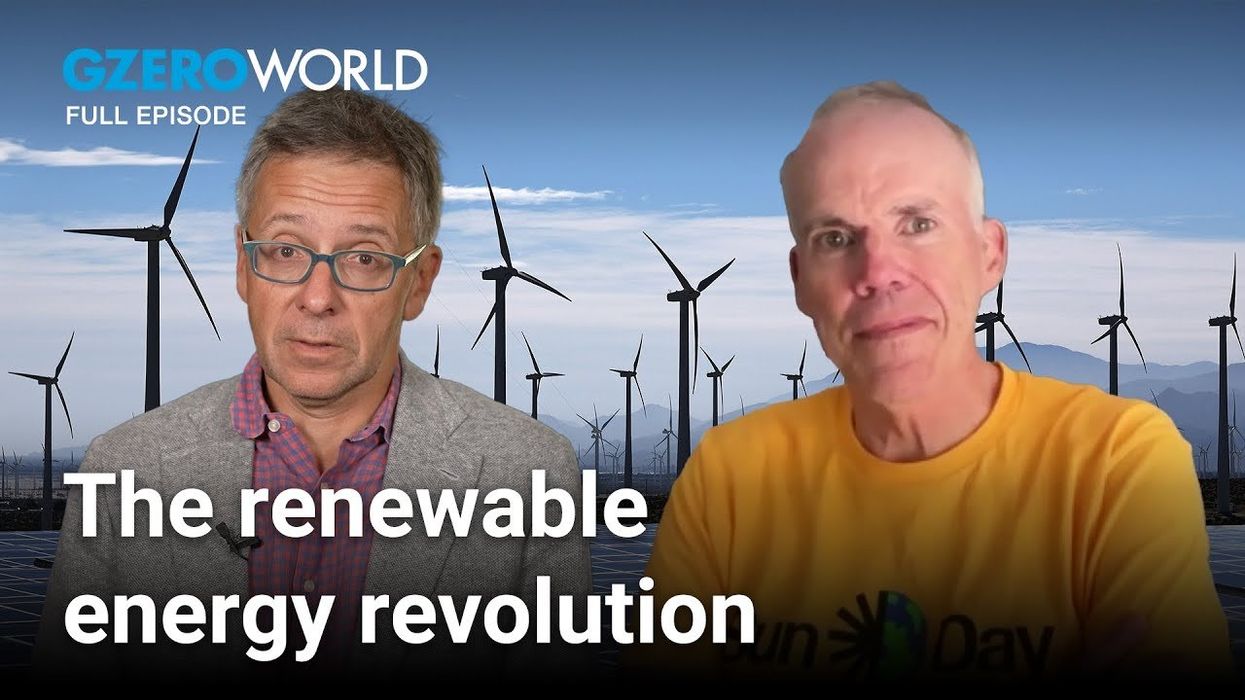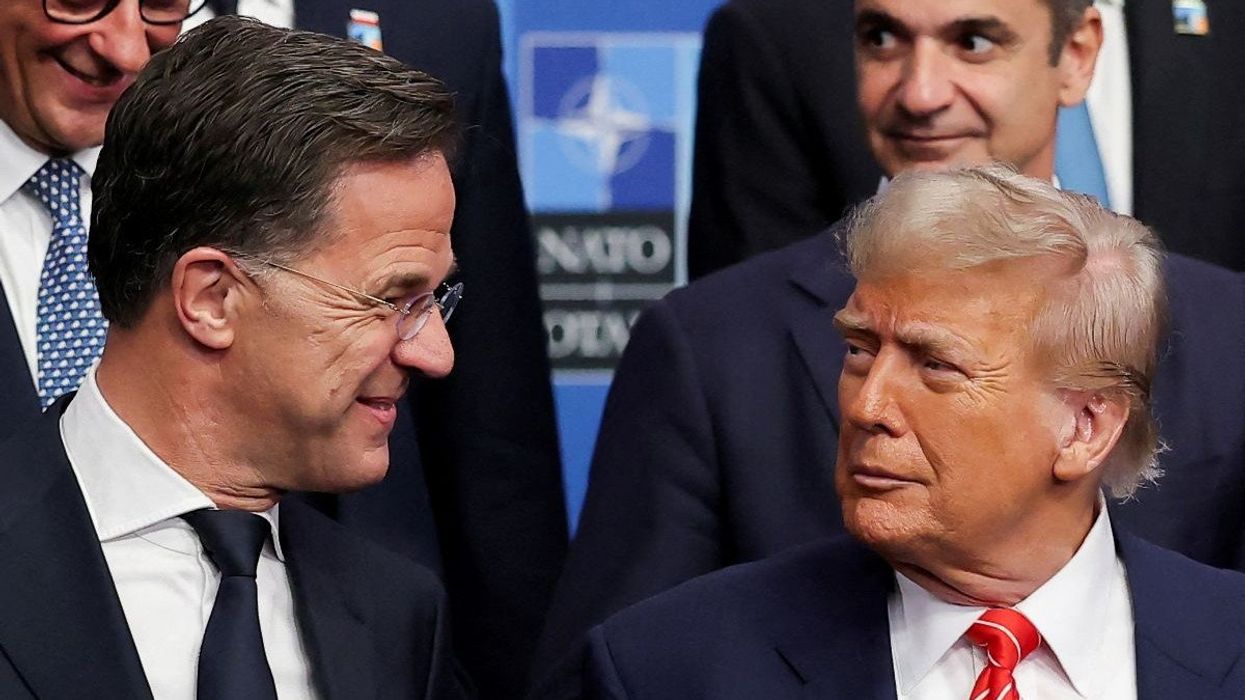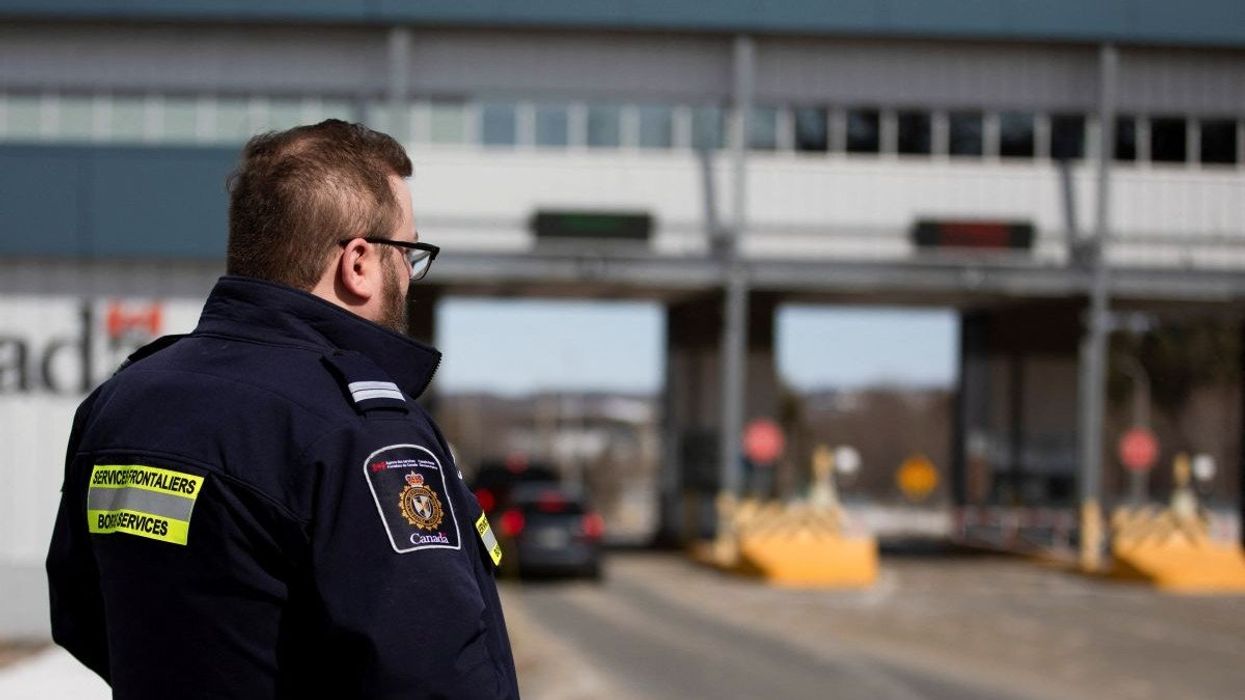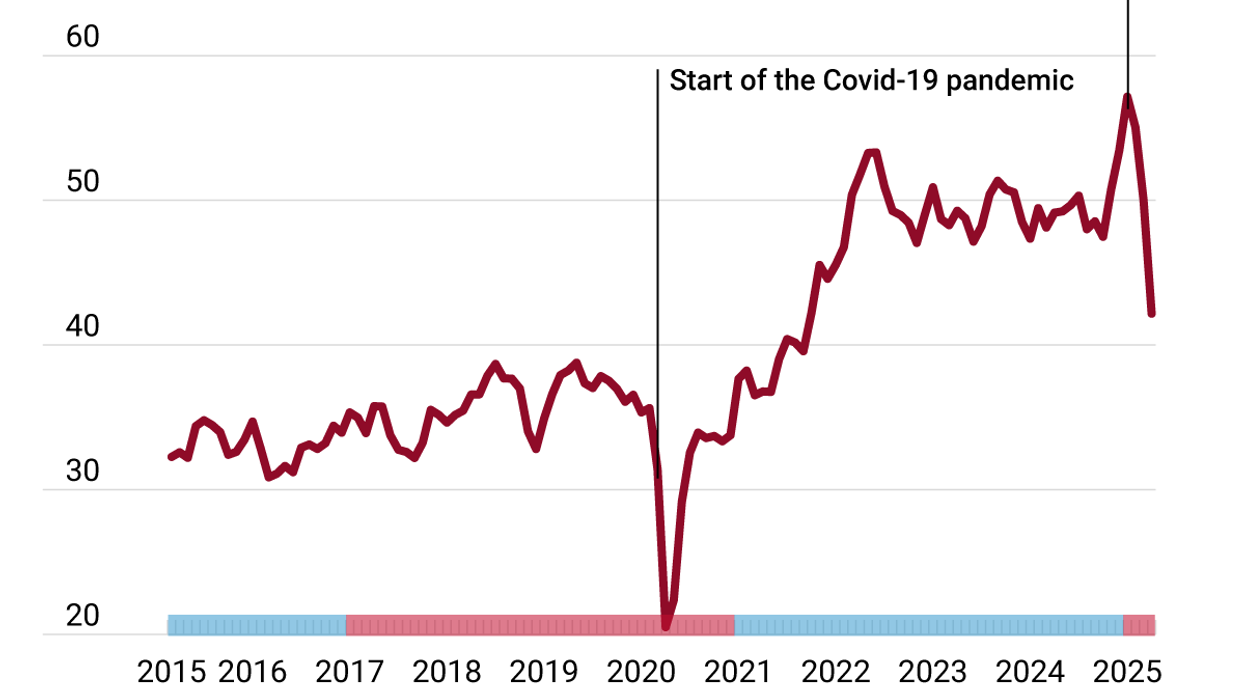With Americans heading to the polls in November and Canadians set to join them by October 2025, political parties on both sides of the border are busy defining the stakes of their campaigns. Key themes include the economy, immigration, and, in the US, democracy itself, with health care emerging as a particularly contentious issue affecting nearly every voter.
Pew Research Center in May found that health care affordability ranked among the top issues for Americans, with 57% saying it’s “a very big problem” and 32% citing it as “a moderately big problem” – a concern that held across party lines, but not equally. While 65% of Democrats cited it as “very big problem,” just 48% of Republicans did.
Canadians are just as concerned, with health care ranking third among the top issues facing Canada at 42% and only housing affordability/accessibility (46%) and the rising cost of living (71%) outranking it.
It’s demographics, stupid
Both populations are aging, and seniors require more medical resources. The US is expected to see its 65-plus population rise from 58 million in 2022 to roughly 82 million by 2050.
In Canada, meanwhile, the senior population is expected to jump by 68% between 2017 and 2037, with the 75-plus cohort set to double.
Outcomes are less than ideal
Health-related costs and outcomes in both countries are far from optimal. While some see the Canadian health system as a blessed alternative to the American one, Canada’s outcomes are mixed. Its universal, single-payer health insurance is covered by provincial governments and funded by shared money between the provinces and the federal government, but it’s far from perfect.
Canada spends about CA$344 billion on health care, or 12% of its GDP. And yet a recent study found that in the country’s most populous province, Ontario, wait times varied wildly across hospitals, with some patients waiting for up to a year for hip replacements and knee replacements. For some patients, the waits can be deadly: A report last year revealed that at least 17,000 Canadians died while waiting for surgery or diagnostic scans in 2022-2023, and hundreds of emergency rooms closed nationwide owing to a lack of staff. Meanwhile, more than 6 million Canadians – roughly 15% – do not have a family doctor.
But the Canadian system does have a leg up in some ways on its US counterpart, where the country spends more on health care than any other rich country. American health care spending hit $4.8 trillion in 2023 between private and public sources – roughly 17% of GDP. And it’s rising, with spending expected to reach nearly 20% of GDP by 2032. A huge chunk of that comes from individual Americans, with the average yearly employer health premium running now over $8,400 and family plans just under $24,000. For individual plans without an employer option, premiums averaged nearly $1,200 a month.
The US is the only rich country without universal health care. And while the number of uninsured Americans has fallen in recent years, approximately 27 million lack coverage – and that number may rise as millions more are struggling to afford health insurance.
According to data from the office of Sen. Bernie Sanders, 68,000 Americans die annually because they lack access to health care. Also, a third of Americans do not have a family doctor – a failure that leads to increased chronic conditions and a rise in deaths. The American system is so troubled that it has contributed to a decline in average life expectancy in recent years, from 79 in 2019 to 76.4 today.
Who’s going to fix health care?
In the US, Donald Trump says he’s open to cutting Medicare and opposes universal coverage despite supporting it in the past – some have warned that the former president would even “destroy” Medicare. Meanwhile, Trump has warned that if Kamala Harris wins in November, the US would be “thrown into a communist system,” one where “everybody gets health care.”
Harris, who previously backed a universal, single-payer system, has abandoned Medicare for All. Instead, she says she’d build on Biden-era policy planks including Medicare price negotiations aimed at lowering drug costs for all patients, including those on Medicare and other plans.
The Canadian election is still more than a year out, and the main parties haven’t yet released platforms. But the governing Liberals face pressure to fix the health care system. That is primarily the responsibility of the provinces, but the feds pour billions of dollars into it each year.
In May, Prime Minister Justin Trudeau’s budget included an annual 5% health care funding increase to the provinces through 2028 – over CA$200 billion in total. His government also committed to student loan forgiveness for doctors and other health professionals who work in rural and remote communities and to improve the process of getting foreign credentials accepted for immigrants in the field in a bid to boost medical professional numbers, alongside other measures.
The feds are also pursuing dental care and prescription drug programs aimed at covering expenses for millions of Canadians. That sounds like a lot, but the bulk of the work remains up to the provinces, who are primarily responsible for health care policy.
The Liberals claim Conservative Party leader Pierre Poilievre would axe pharmacare and other social programs, but he hasn’t committed one way or another. His party hasn’t released a full plan but has said the solution to fixing problems associated with the doctor and nurse shortage would be a national testing standard for licensing that would speed up the credential recognition of foreign-trained workers.
Poilievre has also committed to maintaining the Liberal’s 10-year funding plan and says he’ll make cutting wait times a priority.
What does all of it mean for the ballot box?
Health care is already shaping electoral strategies in both Canada and the US. At the DNC Convention this week, Sen. Bernie Sanders hammered on lowering health care costs, a goal that’s dominating much of the gathering, and New Mexico Gov. Michelle Lujan Grisham warned that Trump and JD Vance would “dismantle” affordable care.
Graeme Thompson, a senior analyst with Eurasia Group’s global macro‑geopolitics practice, says Harris is “running away from promises for Medicare for All as part of a broader strategy to tack towards the political center.” He thinks this is a bid to present herself as a “generic Democrat” who’s not going to scare anybody, a move that may be critical to her chances of winning in November.
Up north, however, the governing Liberals can’t do the same. Thompson says it will be tougher for Trudeau to try to pull off such a maneuver since he’s been in power for nearly a decade. Instead, Trudeau will have to make the case that the money transfers and reforms his party has introduced federally will help enable provinces to reduce wait times, keep ERs open, and ensure Canadians can find a family doctor.
“To the extent that [Trudeau] brings up health care as leverage against the Conservatives to try to paint a picture for voters of a Conservative Party that is out of step with the mainstream,” he says, “that may backfire by highlighting the problems in the system already.”
The problems that have mounted over decades won’t be solved in a few months or years, but voters still expect results and both nations face a common challenge in the run-up to Election Day: to fix a healthcare system that neither side can afford to ignore, yet neither seems able to cure.





